Your roof is one of the most essential parts of your home. It protects you and your family from the elements and helps keep your home structurally sound. It is an integral part of your house’s safety. But how often should one replace the roof? The answer to this question depends on several factors, such as the type of roof you have, the quality of materials used, and the weather conditions in your area. In this blog post, we’ll explore these factors and help you determine when it’s time to say goodbye to your old roof and secure the safety of yourself and your family.
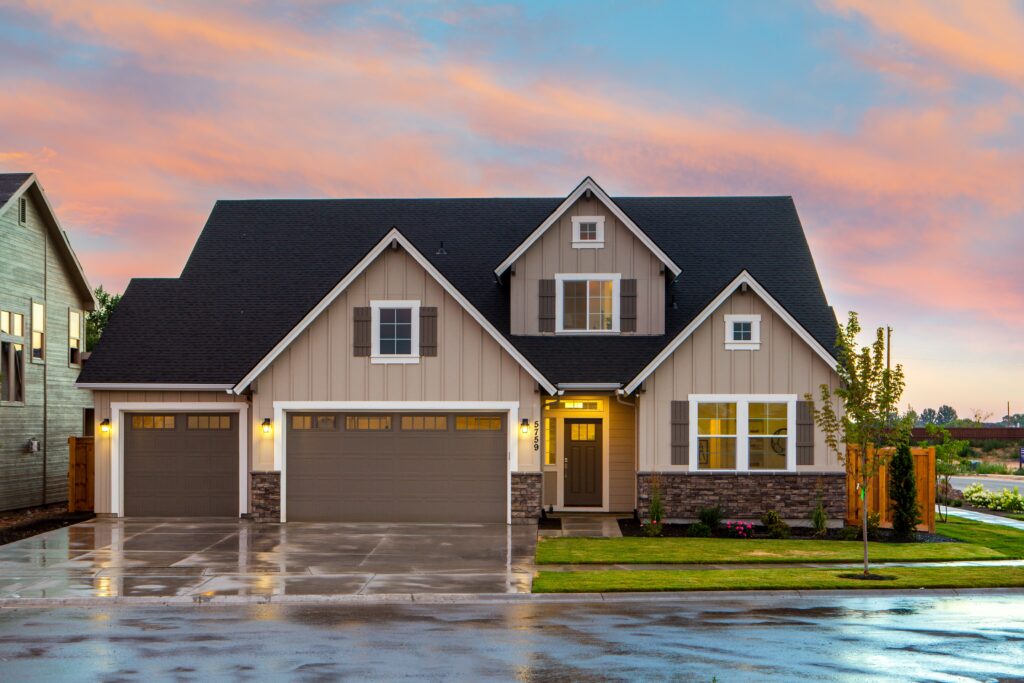
Understanding the Lifespan of Different Types of Roofs
The lifespan of your roof largely depends on your roof type. For example, asphalt shingles typically last between 15 and 30 years, while metal roofs can last up to 50 years or more. Slate and tile roofs can last even longer, with lifespans of up to 100 years. You should select your roof material depending on many factors like cost, weather and load applied over it.
Factors that Affect the Lifespan of the Roof
While the lifespan of a roof depends on several factors, here are some of the critical elements that affect your roof’s longevity:
1. Quality of the installation
The quality of the installation process plays a vital role in determining the lifespan of your roof. A poorly installed roof will likely fail prematurely, leading to costly repairs and replacements.
2. Climate
Different climates affect the longevity of different types of roofs. For instance, roofs in areas with heavy rainfall or snowfall are likely to experience more wear and tear than those in areas with mild climates.
3. Maintenance
Proper maintenance is crucial to extending the lifespan of your roof. Regular inspections, cleaning, and repairs can help to identify potential issues and fix them before they turn into costly problems.
Signs That It’s Time to Replace the Roof
Even if your roof is within its expected lifespan, several signs may indicate it’s time for a replacement. These include;
- Missing or broken shingles
- Leaks or water damage
- Sagging or uneven roof lines
- Excessive wear and tear
- Curling or buckling shingles
- Dark or dirty spots on your roof
If you notice any of these signs, it’s important to have your roof inspected by a professional to determine if a replacement is necessary.
The Importance of Quality Materials and Professional Installation
The lifespan of your roof also depends on the quality of materials used and the installation process. Using low-quality materials or inexperienced installers can significantly reduce the lifespan of your roof and increase the likelihood of leaks and other problems.
The Impact of Weather on Your Roof
The weather conditions in your area can also impact the lifespan of your roof. Harsh winters, strong winds, and heavy rain or hail can all take a toll on your roof, causing damage and reducing its lifespan. If you live in an area with extreme weather conditions, it’s important to have your roof inspected regularly and to take steps to protect it from the elements.
The Emotional Impact of Replacing the Roof
Replacing your roof can be a big decision, and it’s important to understand the emotional impact it can have. Your roof is an important part of your home, and saying goodbye to it can be difficult. However, replacing your roof can also be an opportunity to improve your home’s energy efficiency, increase its value, and enhance its overall appearance.
Conclusion
In conclusion, the lifespan of your roof depends on several factors, including the type of roof you have, the quality of materials used, and the weather conditions in your area. If you notice any signs of damage or wear and tear, it’s important to have your roof inspected by a professional to determine if a replacement is necessary. While replacing your roof can be a big decision, it’s also an opportunity to improve your home’s value and protect your family for years to come.

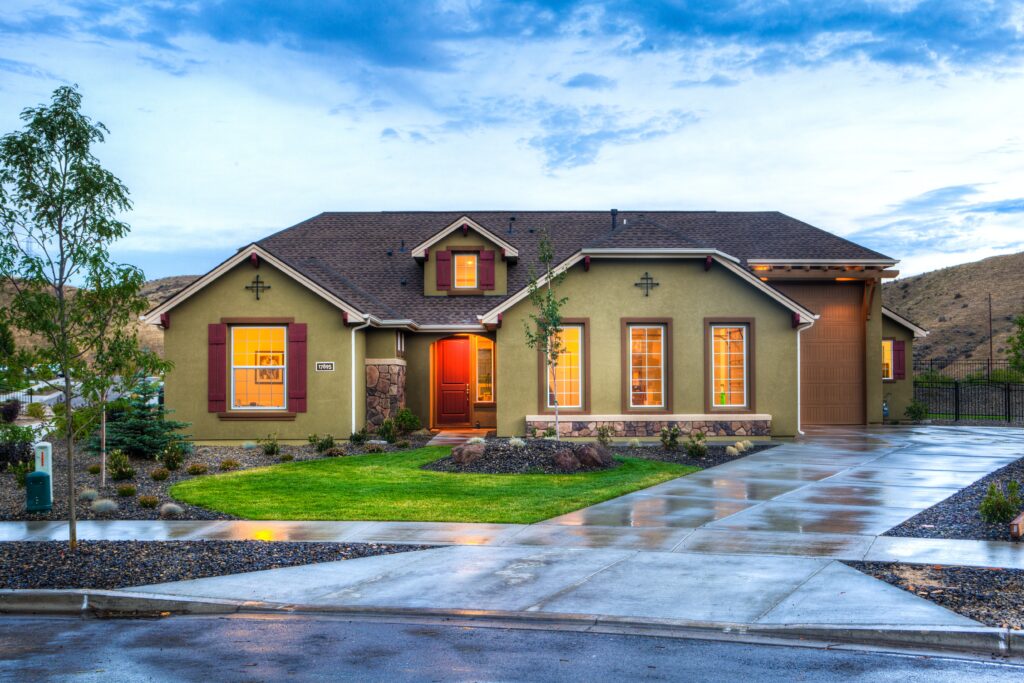
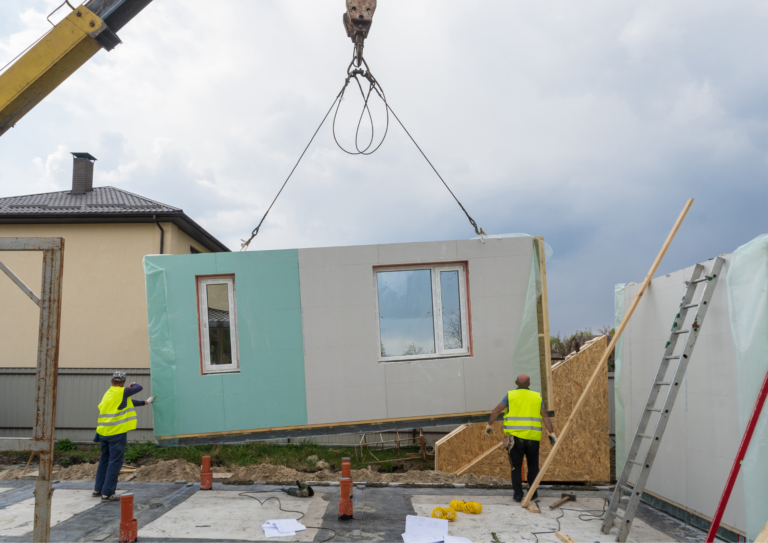
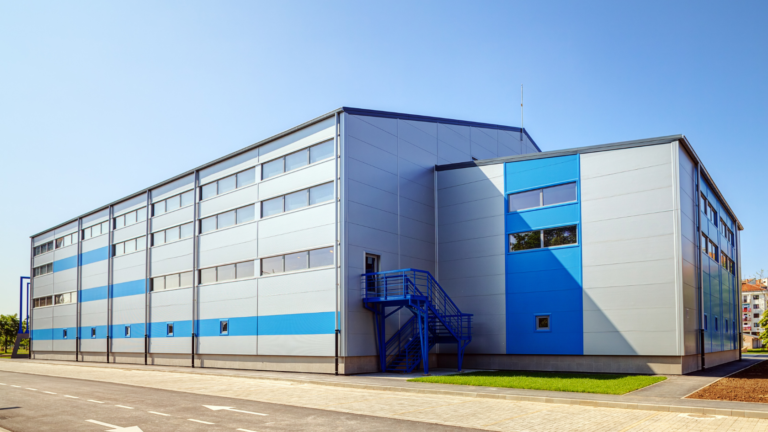
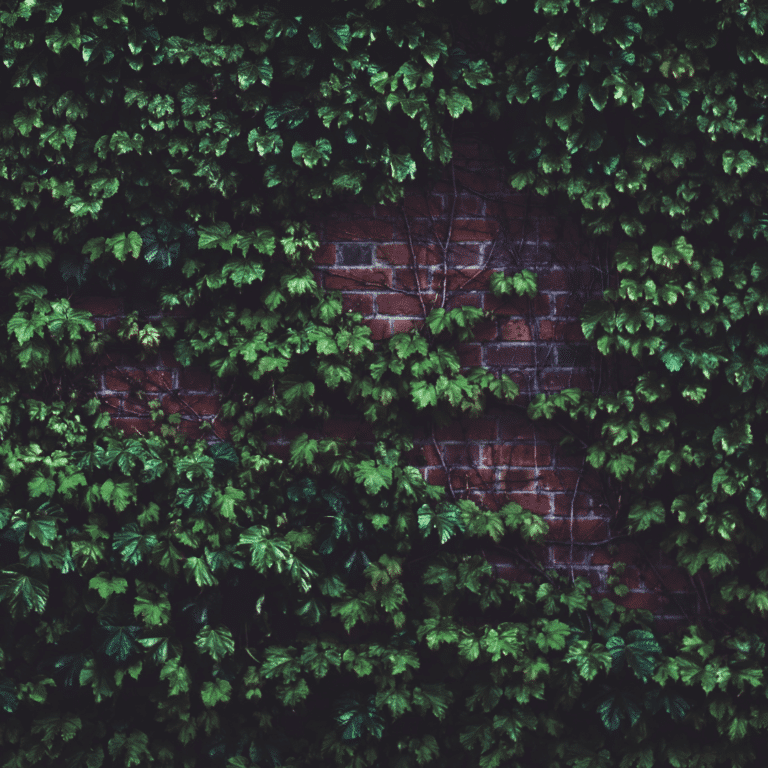

1 comment
Everything You Need to Know About Built-Up Roofs with Gravel
[…] of the reasons we recommend Built-Up Roofs with Gravel is its durability and that is because of the gravel itself. UV rays, temperature […]